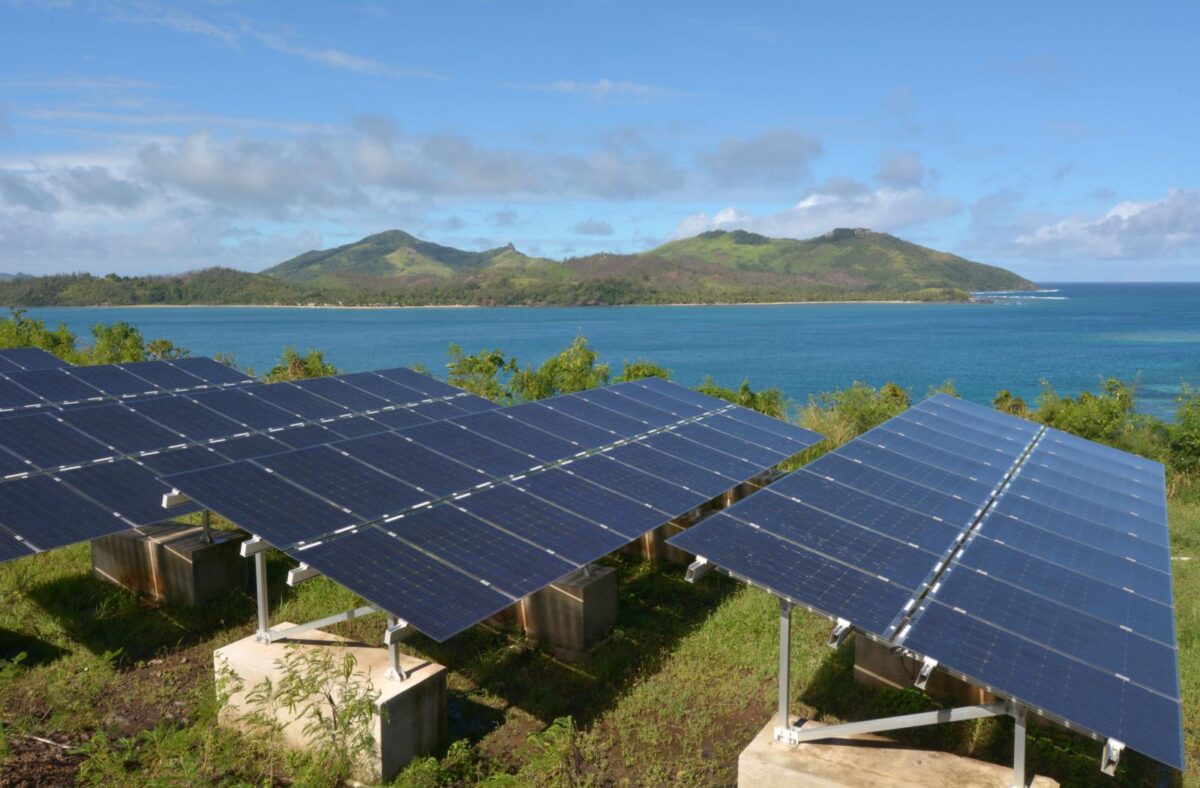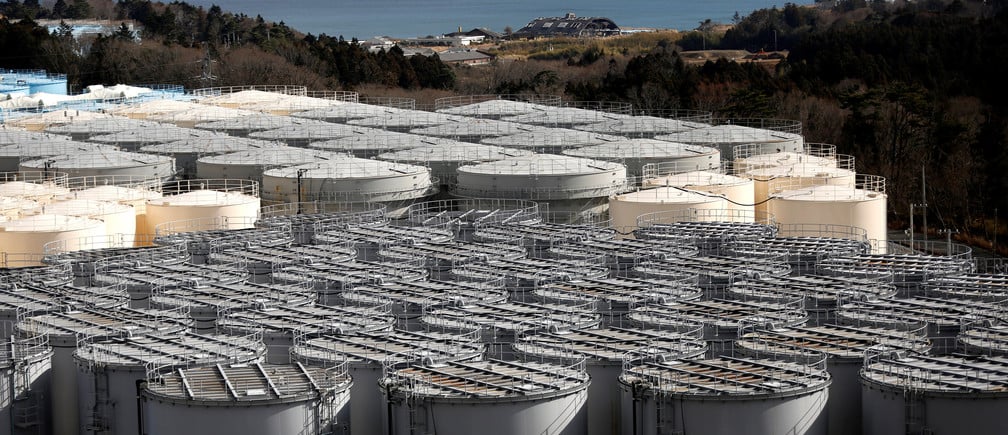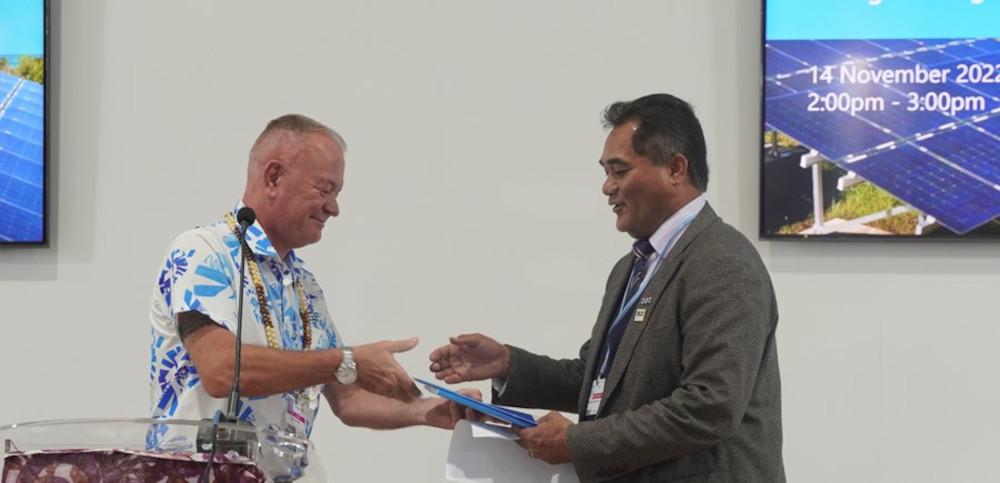A specialised toolkit to assist SIDs to unlock the potential of renewable energy to transform their societies and generate strategies for clean energy investment opportunities
In the Pacific, the Solomon Islands has launched a roadmap towards meeting 100 percent energy generation from renewable resources by the year 2030. In the Caribbean, Antigua and Barbuda has the same ambitious goal, while Mauritius is targeting a significant 60 percent of the country’s energy mix.
And yet, despite the significant political will and abundant natural resources available, small island nations still struggle to unlock much of the potential of renewable energy to transform their societies. Resources such as solar, wind, geothermal and marine energy remain largely untapped, even with rapidly falling production costs which have made renewable energy more affordable and competitive than diesel-based sources.
SIDS continue to rely heavily on petroleum products, and many still have low to insignificant renewables use in their energy mix. The reasons for this are many and complex, mostly related to the inherent challenges linked to small islands’ geography, size, and economic realities. Nonetheless, they are not insurmountable, and the Commonwealth is committed to walking in step with island nations and supporting them as they seek to secure a more sustainable future.
Energy challenges
Small Island Developing States face a specific set of challenges. SIDS are inherently small open economies, and many are heavily dependent on imported oil products for their energy needs, including electricity, transportation, and cooking. They also face some of the highest electricity costs in the world, coupled with significant supply chain hurdles.
Due to low volumes, small markets, varying fuel standards, distance from suppliers and the limited negotiating strength of individual island countries and territories, the costs for imported refined oil products (including diesels, gasoline, and LPG) are generally high. Furthermore, the surge in global oil commodity prices has led to inflation on other supplies, including food, while constraining government fiscal space.
SIDS are also at the frontlines of climate change, facing the impacts attributed to global warming. Their energy infrastructure is highly vulnerable to natural disasters such as cyclones, earthquakes, flooding and tsunamis, which can lead to energy supply disruptions and increase energy security risks. And while SIDS contribute less than 1 percent to global greenhouse gas emissions, many have committed to shifting their sources of power generation to 100 percent renewables by 2030.
These conditions all make a strong case for transitioning to renewable energy, while moving away from expensive, polluting fossil fuels. However, the pace and scale of clean energy transition is slow, exacerbated by the economic stagnation caused by the COVID-19.
Hurdles for investors
Investors in the sector face several hurdles. For one, political risks are higher in some of the SIDS, in comparison to many of the larger islands. Lenders and developers typically have concerns both in terms of political volatility and enforcement of obligations of the Government or state-owned enterprises.
Legal and regulatory frameworks around energy can also be deficient or contain ambiguities. Investors can often be put off by restrictive conditions, such as those related to foreign investment and repatriation, contributing to a negative risk perception.
In addition, many of the local financial institutions are not developed or do not have adequate capital to meet the scale of project financing support required for renewable energy projects. At the same time, from a foreign investor’s point of view, the small size of individual projects may not seem very attractive, resulting in lesser interest.
Proposed solutions
These bottlenecks need to be overcome in order to unlock the benefits of a low carbon energy sector. There are number of actions small island nations could take to strengthen energy security and transition to renewables, both in the short and long term.
Early actions that could already be taken include holding strategic petroleum reserves as a buffer against an energy crisis, encouraging bulk procurement arrangements to reduce energy cost and diversifying energy suppliers and supply routes. Government could introduce carbon taxes to shift consumption to cleaner energy.
In the longer term, SIDS will need to reduce reliance on imported oil products and move to cleaner forms of energy. SIDS could develop clean energy infrastructure, storage, transportation networks across islands and territories. Governments can leverage bilateral or multilateral support to create a “solidarity mechanism” for ensuring energy security in times of crisis.
Most importantly however, countries must attract investment and financing for renewable energy projects, particularly home-grown energy technologies as well as energy conservation. In this regard, the Commonwealth Secretariat and Sustainable Energy for All (SEforALL) have launched a specialised toolkit targeted at SIDS, with the aim of generating viable business cases and strategies for clean energy investment opportunities in the power sector.
This SIDS energy toolkit seeks to address some of the hurdles for investors, by helping countries to quantify the level of investment needed to achieve renewable energy targets, and identifying specific policy and regulatory gaps. It also identifies required measures to address them according to international benchmarks. It is a useful tool to help countries translate clean energy transition plans into investable business opportunities.
Commonwealth CSET
The SIDS Energy Toolkit supports the overarching Commonwealth Sustainable Energy Transition (CSET) Agenda. The CSET Agenda encourages and promotes collaboration amongst the 56 Commonwealth countries – including 25 SIDS – in the transition to sustainable energy systems. Upon the request of governments, highly skilled technical advisers at the Commonwealth Secretariat are also able to provide assistance to support countries in policy analysis, formulation, development of legal or regulatory frameworks and research on natural resource management. Ultimately, the aim is to achieve sustainable energy access for all (SDG 7) while also tackling climate change.
This story was originally published at The Commonwealth on 02 March 2023 by Josephine Latu-Sanft, reposted via PACNEWS.




